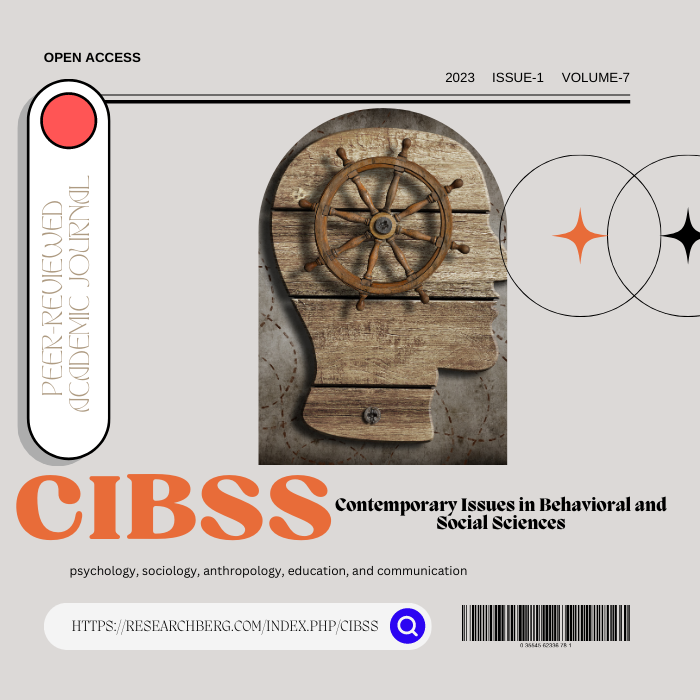Pharmacovigilance Monitoring of Herbal and Traditional Medicine Products: A Survey of Challenges and Solutions
Keywords:
Pharmacovigilance, Herbal medicine, Traditional medicine, Safety, Regulation, Adverse reactionsAbstract
This study explores the challenges and solutions in pharmacovigilance monitoring of herbal and traditional medicine products. The findings indicate that monitoring the safety and efficacy of these products is a complex task that requires a multidisciplinary approach. The lack of standardization in herbal and traditional medicine products poses a significant challenge in assessing their safety and efficacy. The absence of standardized production, quality control, and labeling methods can lead to variations in potency, purity, and composition. However, the study found that developing standardized methods for production, quality control, and labeling can enhance the safety and efficacy of herbal and traditional medicine products. The limited scientific evidence supporting the safety and efficacy of these products is another significant challenge. The study recommends encouraging and supporting rigorous scientific studies, such as randomized controlled trials, to provide evidence-based safety and efficacy data. The study also identified cultural and linguistic barriers as a challenge in monitoring the safety of herbal and traditional medicine products. The diverse cultural and linguistic backgrounds of users make it difficult to identify and report adverse reactions. To address this, the study recommends increasing public awareness and education about the safe use of herbal and traditional medicine products, including the potential risks and benefits. The lack of regulation of herbal and traditional medicine products is another significant challenge. The study recommends improving the regulation of herbal and traditional medicine products to ensure their safety, efficacy, and quality. The study also identified difficulty in identifying the active ingredient in some herbal and traditional medicine products as a challenge. Some products contain multiple ingredients, making it difficult to identify the active ingredient responsible for adverse effects. The study recommends developing appropriate methods for identifying the active ingredients in herbal and traditional medicine products. The study found that adverse events associated with herbal and traditional medicine products may be underreported, as many consumers may not recognize or report adverse effects. To address this, the study recommends encouraging and facilitating the reporting of adverse effects associated with herbal and traditional medicine products by healthcare professionals and consumers. We recommend fostering collaboration between healthcare professionals, regulatory agencies, manufacturers, and consumers to ensure the safety and efficacy of herbal and traditional medicine products. This would enable the development and implementation of appropriate pharmacovigilance systems for these products, ensuring continuous monitoring of their safety and efficacy. The study underscores the need for a multidisciplinary approach involving healthcare professionals, regulatory agencies, manufacturers, and consumers to address the challenges in monitoring the safety and efficacy of herbal and traditional medicine products.

